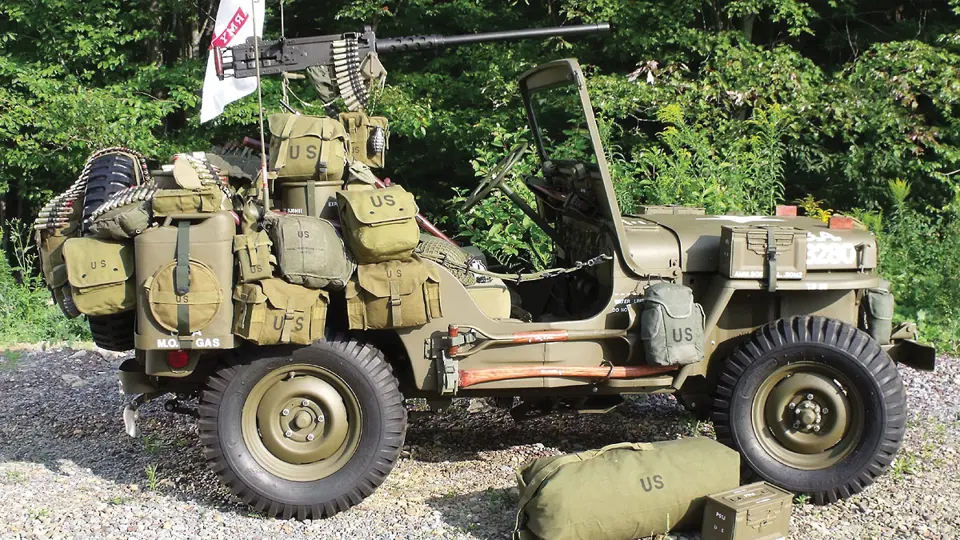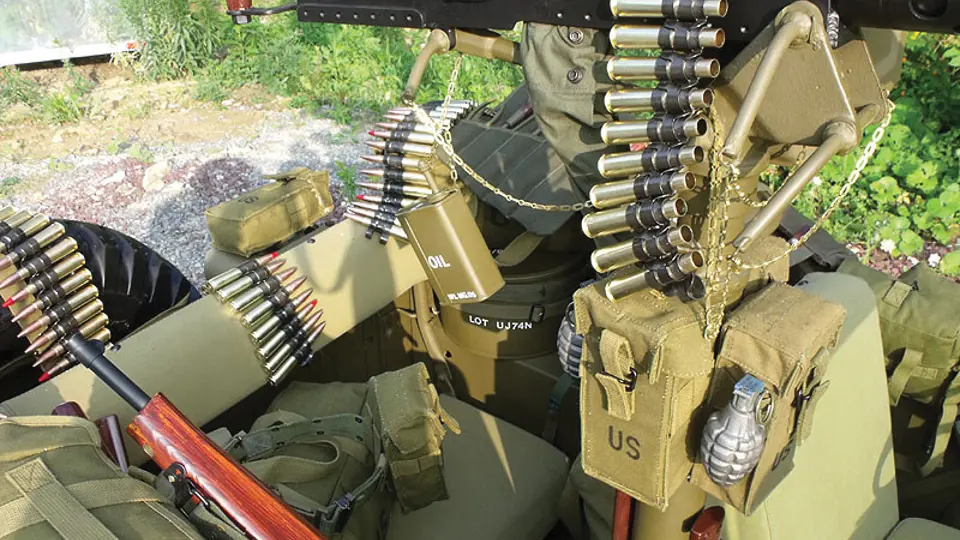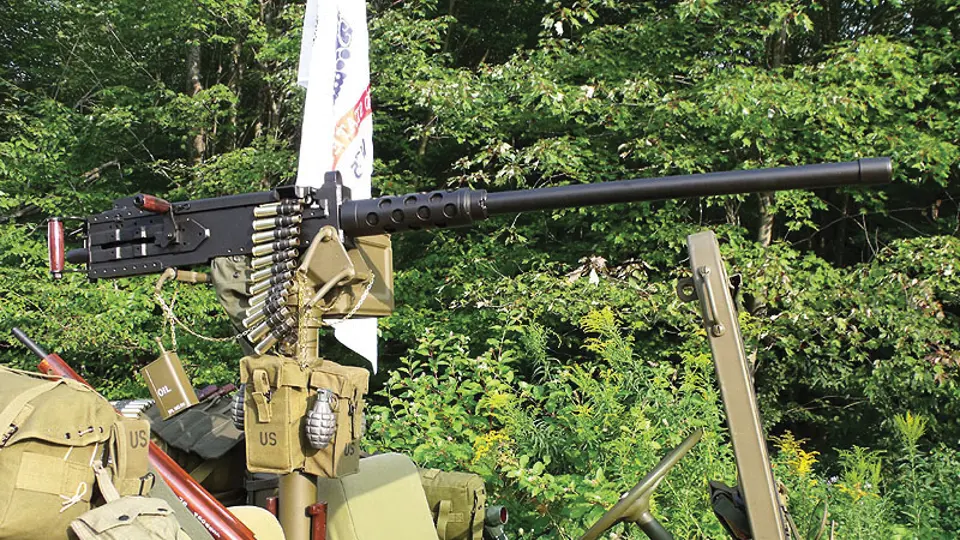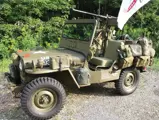The military role of the versatile and reliable Jeep is legendary and spawned a line of products still in production 75 years later by the corporate successors to the original Willys-Overland concern that produced them. Between the end of World War II in 1945 and the beginning of the Korean War in 1950, Willys had been constructing new ‘civilian’ Jeeps called CJ-2As, followed by the CJ-3As.
Willys began reviving its military Jeep production for the Korean War by upgrading the CJ-3A with water-fording abilities for the Marine Corps, designated CJ-V35/U, from March to June 1950. Additional changes made included a one-piece windshield, conventional wipers, larger headlights, and a more durable rear axle among other improvements. This military-grade model was identified as the M38 with production beginning in September 1950. Willys built over 60,000 M38s for deployment, and naturally Jeeps were once again in the thick of battle.
This 1952 Jeep M38, from its final year of production, was subject to a ground-up restoration by a well-known father and son team, once known for their meticulous restorations of Rolls-Royce automobiles but since focusing on the preservation of military vehicles, achieving national recognition for these efforts since the late ’80s. The standard of authenticity on this 45th Infantry Thunderbird Division example is breathtaking, with a correctly detailed engine bay and chassis as well as an impressive host of accessory features, including the following:
• ‘Ma Deuce’ M2 50-caliber machine gun, equipped with a simulated firing mechanism (producing realistic flame blasts with appropriate sound)
• Two M1 Garand training rifles (used for demonstration of loading/unloading and cleaning)
• Several machetes, bayonets, helmets, side-mounted axe and shovel, and various accessories
• A number of dormant grenades and ammo
• Two ‘Jerry’ cans, various ammo cans, and G.I. duffel bags
• Tool bag, footlocker, 48-star American flag, U.S. Army flag, and more
Interestingly, a distressed Korean flag was discovered under the rear seat at the time of restoration, dated 1953, and is also included with the Jeep. And finally are the three 50-caliber bullet holes found on the vehicle. Two were filled in during the restoration, but one was intentionally left as found for display purposes, above the driver’s side rear fender well.
This historically significant M38 Jeep is a rare and unusual find, a perfect complement to any display of American military history, whether for a museum or private collection or use as a parade vehicle.




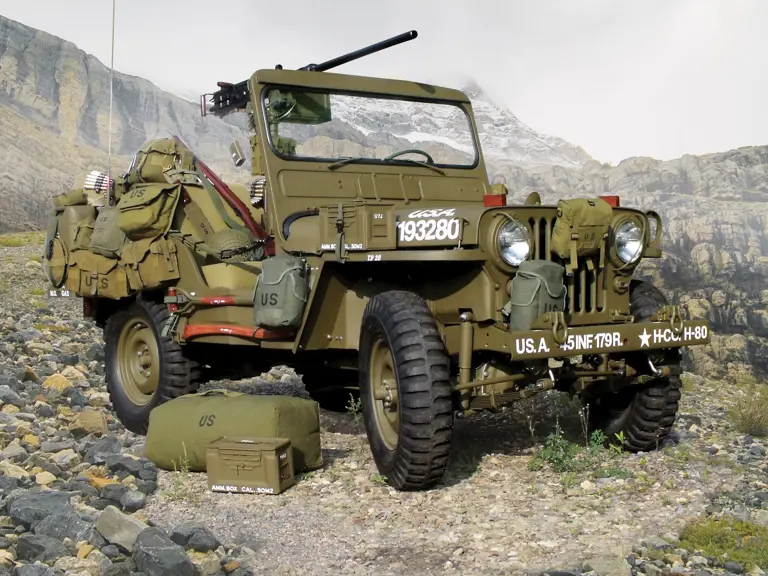
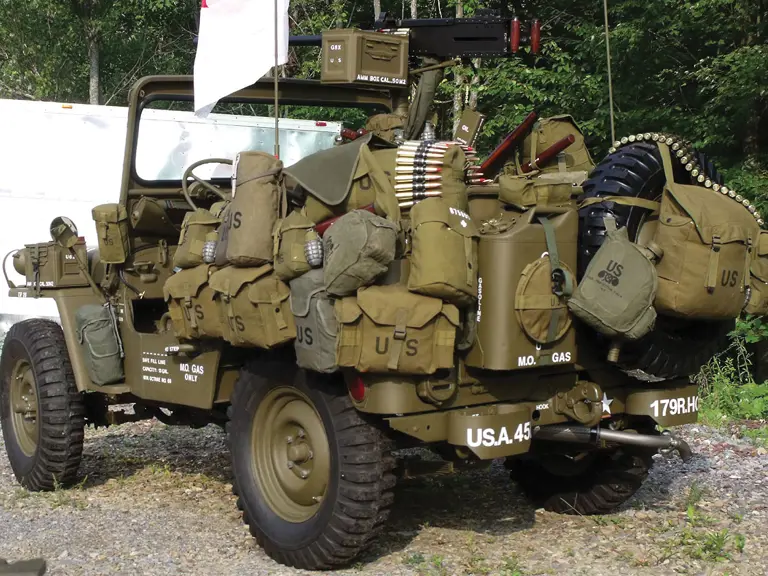
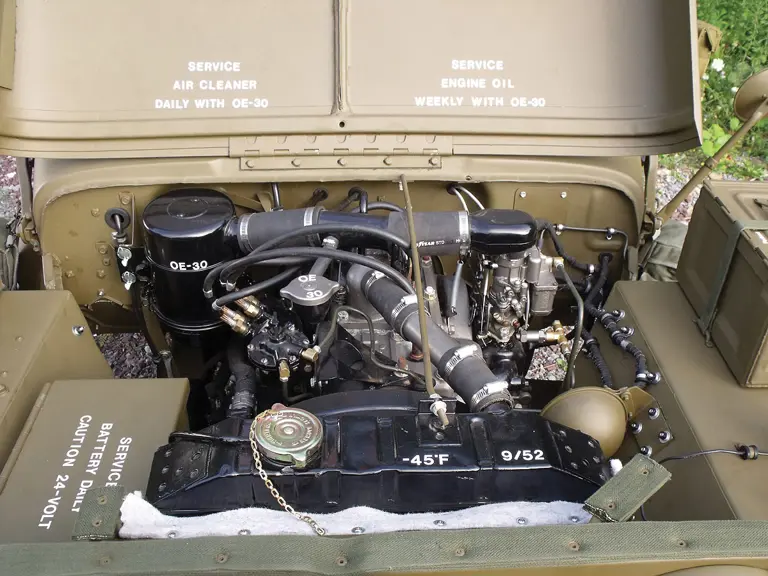
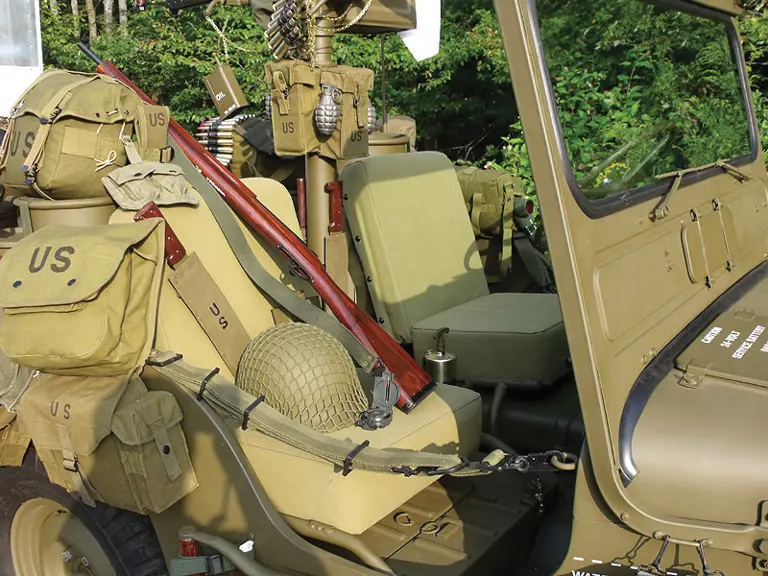
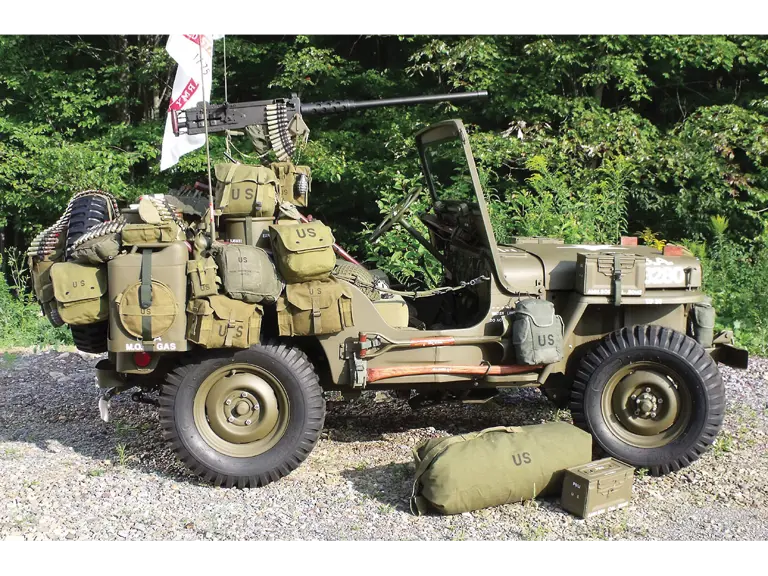
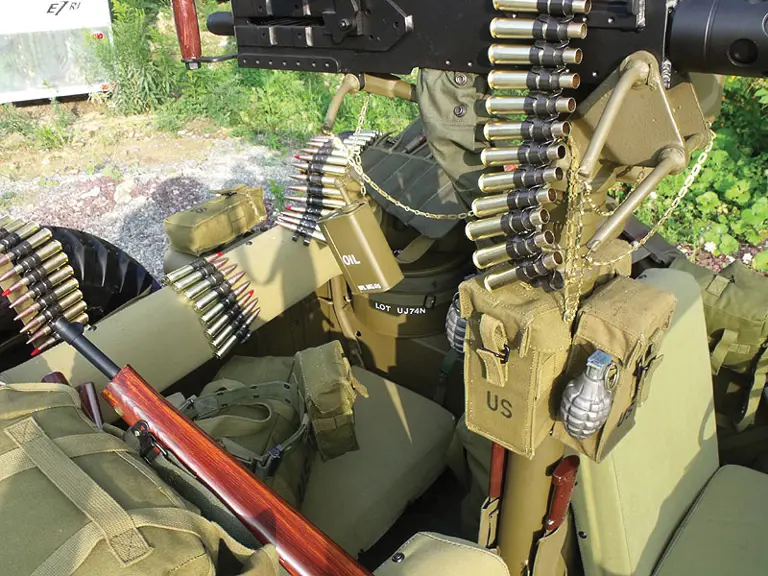
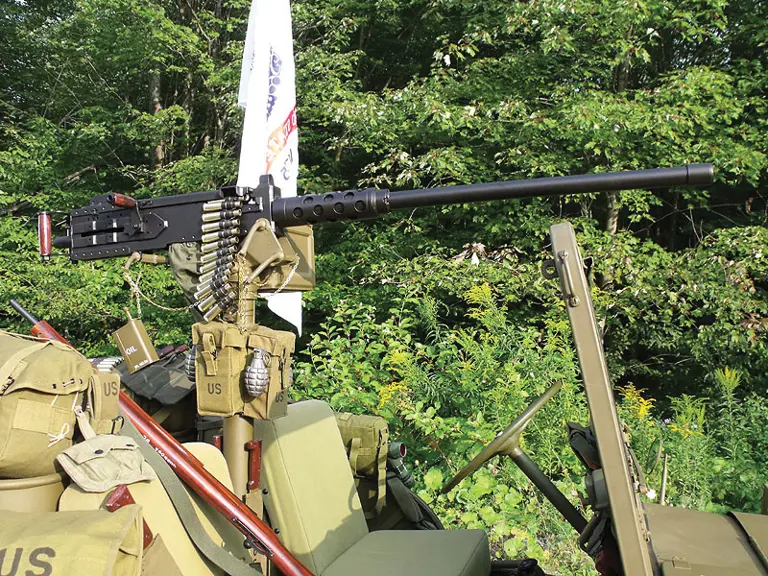
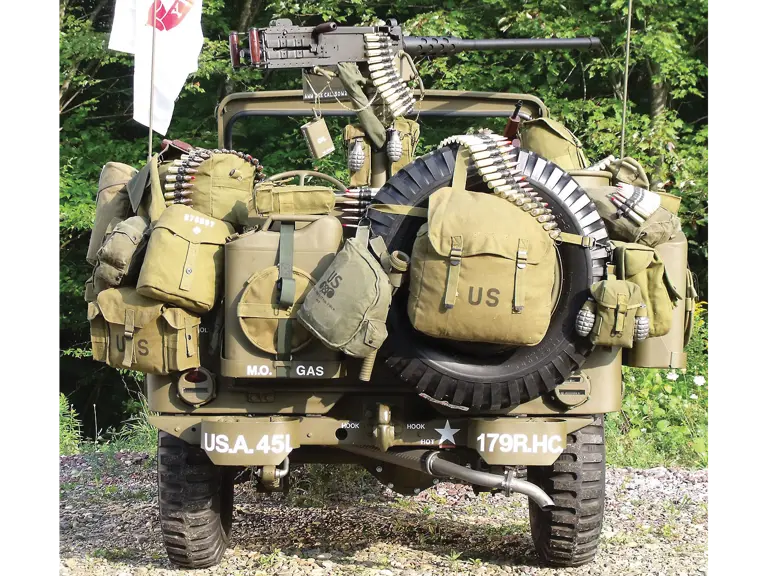
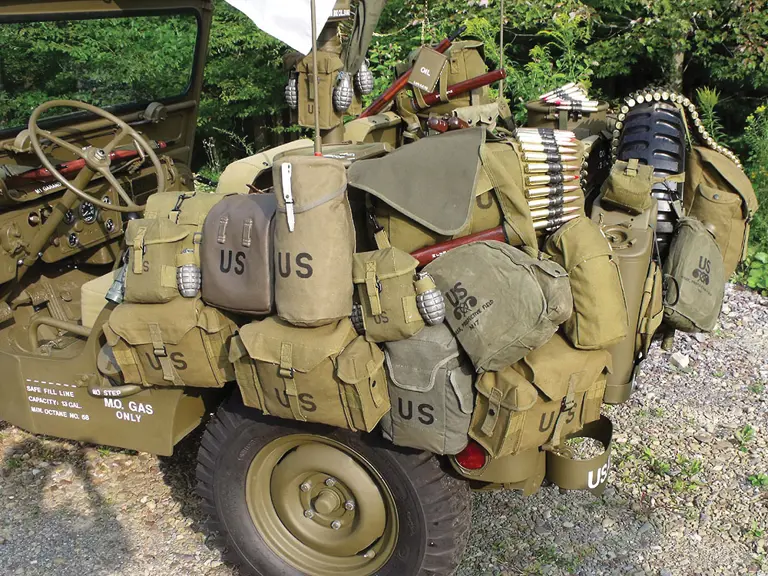
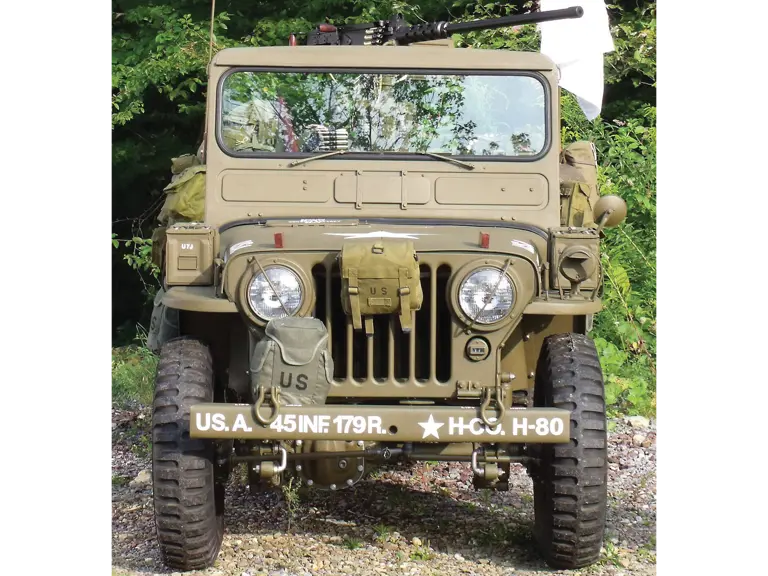

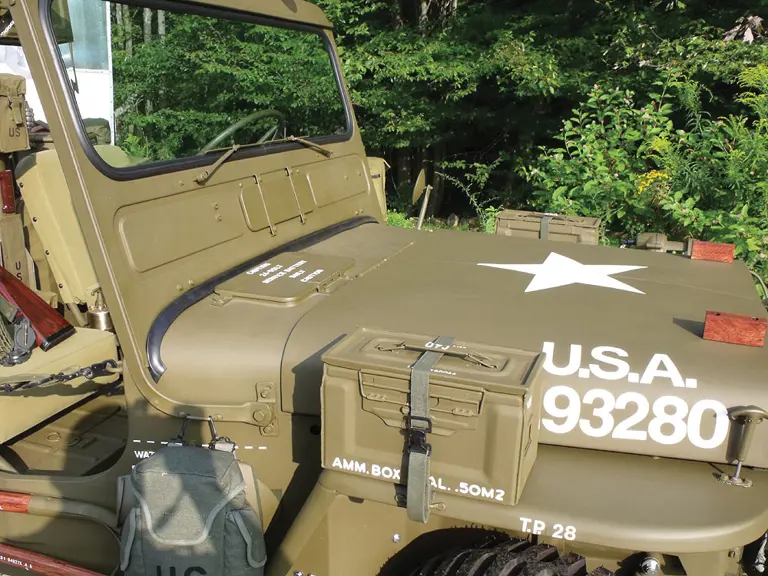

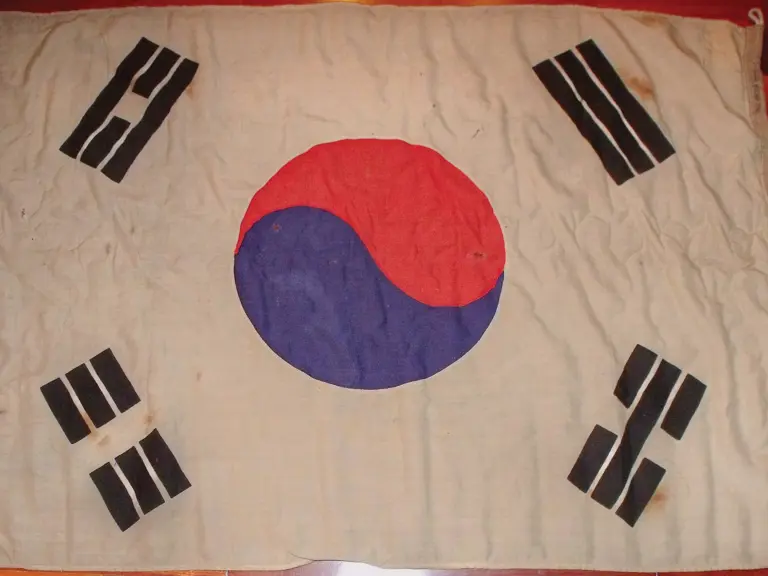
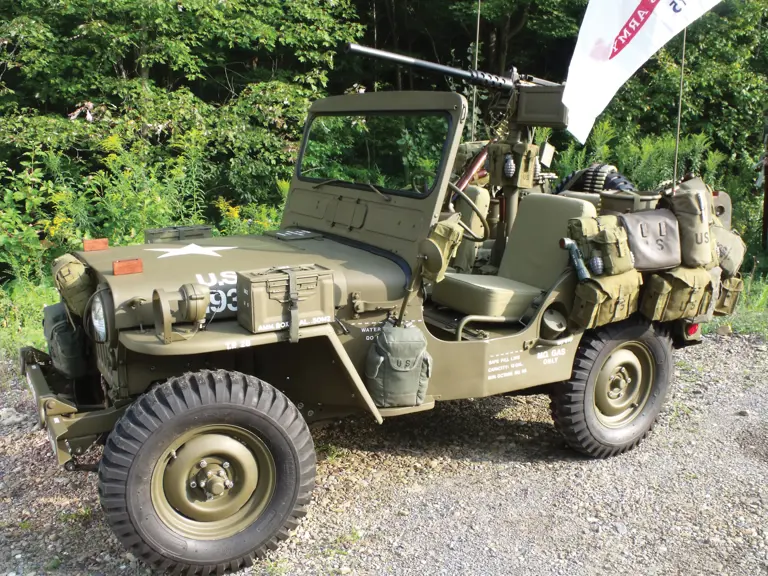
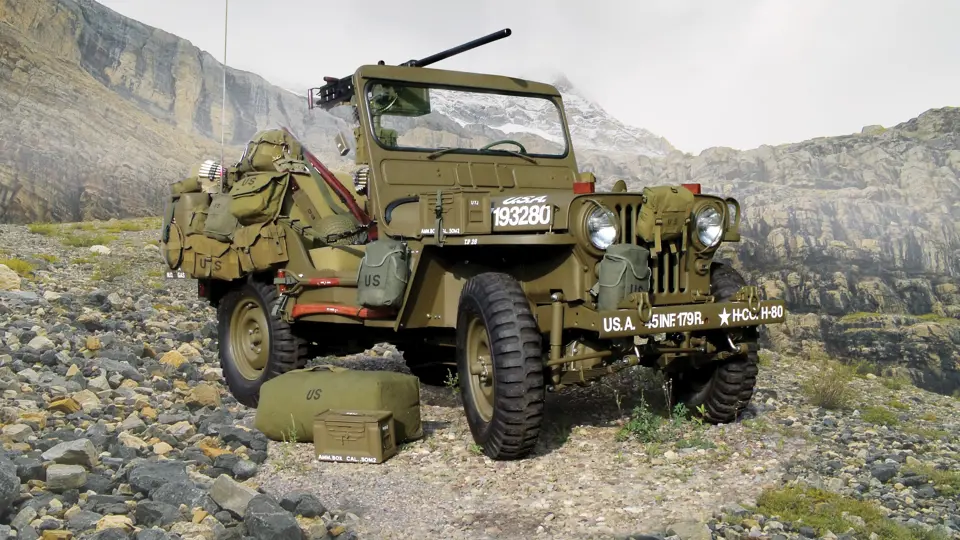
 | Phoenix, Arizona
| Phoenix, Arizona
